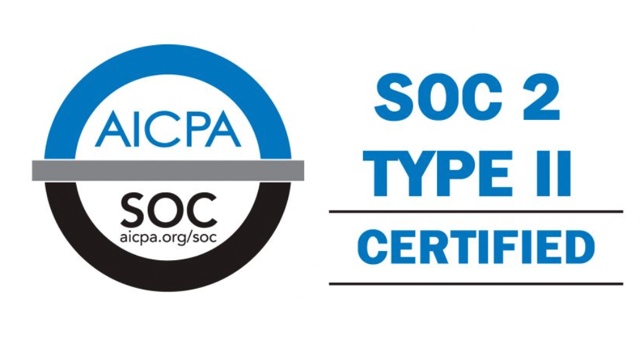
From 100 to 1 million Transfers: Scaling MFT for Enterprise Growth
From 100 to 1 million Transfers: Scaling MFT for Enterprise
Having a foundational grasp of BPML fundamentals is crucial for enhancing comprehension of Sterling B2B Integrator. It aids in streamlining monitoring, troubleshooting, business process modeling, and process analysis tasks.
BPML, an XML-based language, serves to depict and execute business processes. Each business process is outlined in a distinct BPML document termed as a business process model (.bpml or .bp file). These models represent the blueprint of how processes operate within Sterling B2B Integrator.
This discussion elucidates the fundamental constituents of BPML, empowering you to recognize these elements during routine interactions with Sterling B2B Integrator operations.
Understanding process data and its associated concepts is essential for configuring business process models effectively.
Process data refers to the information related to a business process that accumulates in an XML document, as instructed in the BPML, throughout the process’s lifecycle. Business process creators utilize process data to manipulate crucial pieces of information necessary for completing process activities.
Here’s how to process data functions:
Process data typically encompasses:
1. Information extracted from a document to determine the subsequent step in a process.
2. Configuration-assigned information, such as map names or extraction directories, aiding service performance but not part of the primary document.
3. Document-related or processing-related details, like content type indicators or sender information, assisting service execution and specific to the document.
XPath can be utilized in process models to access information within process data, including primary document content, even when the primary document is not in XML format. Additionally, complex hierarchical data can be directly represented within process data.
While services ideally access the primary document, bypassing the need for process data in a step, complex processes often necessitate the efficient utilization of process data.

Basic BPML activities support communication between a business process and its participants. These activities fall into three main categories:
A complex activity is formed by combining simple activities, which function as child activities within the overarching complex activity. These child activities may themselves be simple or complex.
Each process element is limited to containing only one parent complex activity, which encompasses all the necessary simple and complex activities for completing the business process.
There exist three types of complex activities:
Sequence Activity: In a sequence activity, a series of child activities are executed in the order they are listed. All child activities run during the process, and the sequence activity concludes only after the final child activity is completed.
Choice Activity: The choice activity makes decisions within the business process model and executes only one of its contained child activities based on predefined conditions.
All Activity: Containing two or more complex child activities, the all activity executes all of them simultaneously. It completes only after all child activities have finished.
Additionally:
Rule Element: This element defines a rule, including the conditions under which the rule is met and its dependency on other rules.
Condition Element: The contents of the condition element must align with an XPath expression.
Installing IBM Maximo APM - Asset Health Insights
IBM Maximo Application Suite Overview
Browse Categories
Share Blog Post

From 100 to 1 million Transfers: Scaling MFT for Enterprise

In today’s fast-paced world of data analytics and AI, optimizing your data infrastructure is key to unlocking valuable insights and driving innovation.

In today’s fast-paced world of data analytics and AI, optimizing your data infrastructure is key to unlocking valuable insights and driving innovation.
We are a forward-thinking technology services provider dedicated to driving innovation and transformation across industries.


| Cookie | Duration | Description |
|---|---|---|
| cookielawinfo-checkbox-analytics | 11 months | This cookie is set by GDPR Cookie Consent plugin. The cookie is used to store the user consent for the cookies in the category "Analytics". |
| cookielawinfo-checkbox-functional | 11 months | The cookie is set by GDPR cookie consent to record the user consent for the cookies in the category "Functional". |
| cookielawinfo-checkbox-necessary | 11 months | This cookie is set by GDPR Cookie Consent plugin. The cookies is used to store the user consent for the cookies in the category "Necessary". |
| cookielawinfo-checkbox-others | 11 months | This cookie is set by GDPR Cookie Consent plugin. The cookie is used to store the user consent for the cookies in the category "Other. |
| cookielawinfo-checkbox-performance | 11 months | This cookie is set by GDPR Cookie Consent plugin. The cookie is used to store the user consent for the cookies in the category "Performance". |
| viewed_cookie_policy | 11 months | The cookie is set by the GDPR Cookie Consent plugin and is used to store whether or not user has consented to the use of cookies. It does not store any personal data. |
Thank you for submitting your details.
For more information, Download the PDF.
Thank you for registering for the conference ! Our team will confirm your registration shortly.
Invite and share the event with your colleagues
IBM Partner Engagement Manager Standard is the right solution
addressing the following business challenges
IBM Partner Engagement Manager Standard is the right solution
addressing the following business challenges
IBM Partner Engagement Manager Standard is the right solution
addressing the following business challenges